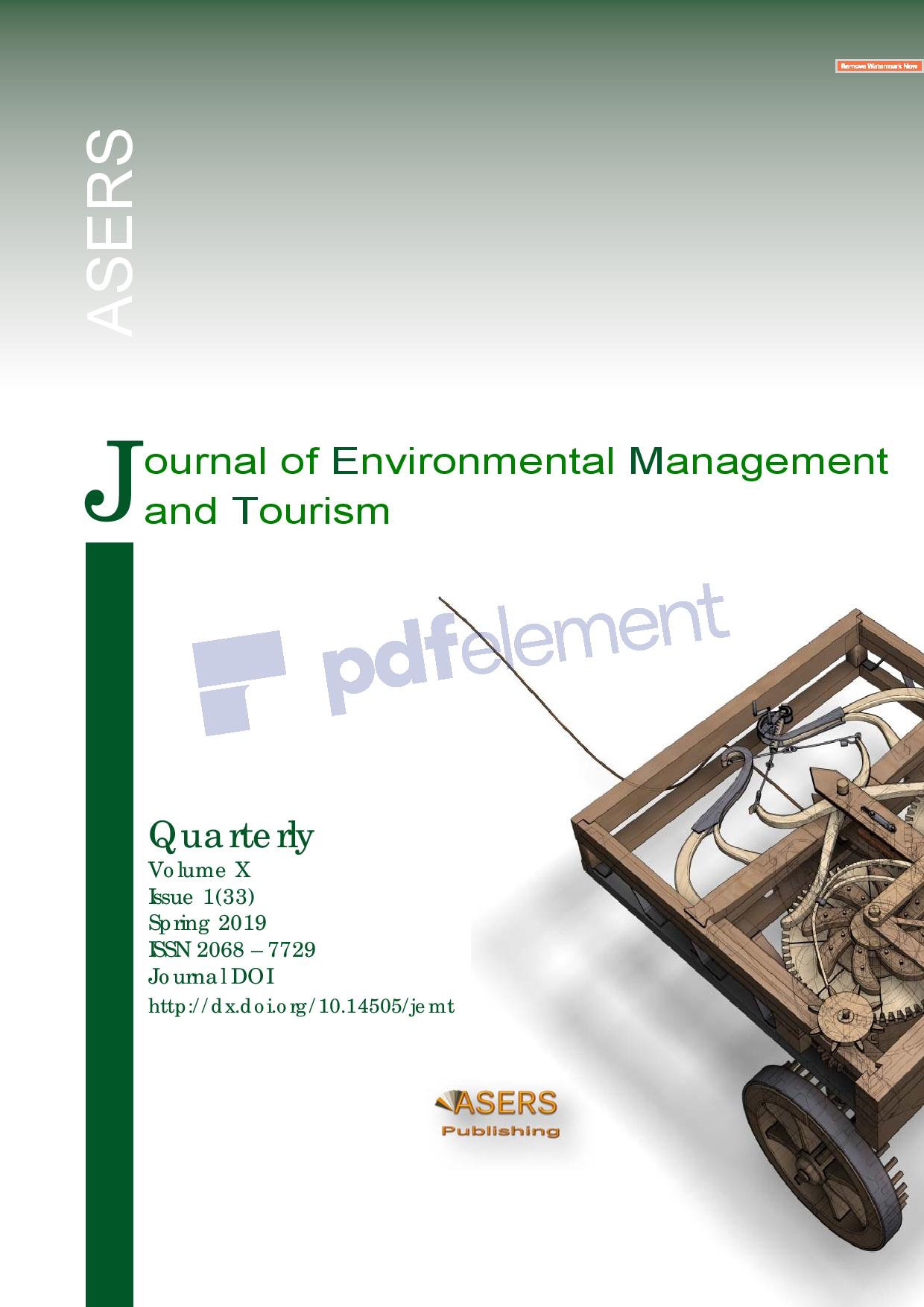Diversity of Species and Benefits of Telajakan Plant as a Potential Tourism Attraction in Bali
Diversity of Species and Benefits of Telajakan Plant as a Potential Tourism Attraction in Bali
Author(s): Anak Agung Ketut Darmadi, Ni Nyoman WIRASIT, I Ketut GinantraSubject(s): Economy, Tourism
Published by: ASERS Publishing
Keywords: identification; plant species; usability; telajakan; ecotourism;
Summary/Abstract: Telajakan is a place of reforestation, one of the elements of traditional green open space in Balinese homes. Plants planted in various species are diversified, in some categories of plant and have various benefits in Balinese society. The study was conducted in 2018 in the Cengkilung village, Denpasar Municipality and Penglipuran Village, Bangli Regency, Bali Province. Data collection methods are carried out through observation with inventory and identification of plants, interviews with owners of taxation. The plants planted in these two villages are mostly used for beauty or ornamental plants increase the family's economy, ceremonies or rituals, and protectors. The highest Important Value (IV) on trees category in Telajakan plants at the Cengkilung village are the cabbage tree (Cordyline australis) as much as namely 129%. The shrub and herbaceous categories are Crotons 'Wide leaf' (Codaium variegatum) and Japanese grass (Zoysia japonica) amounting respectively 75.3% and 43.4%. The Telajakan plants at Penglipuran Village, which are on the category of trees, shrubs and herbs with the highest important values are the Cananga tree (Cananga odorata), Dwarf umbrella tree (Schefflera grandiflora), and spider plant (Chloropithum comosum) 109%, 33.4% and 64.6%.
Journal: Journal of Environmental Management and Tourism (JEMT)
- Issue Year: X/2019
- Issue No: 01 (33)
- Page Range: 109-118
- Page Count: 10
- Language: English
- Content File-PDF

